Which Interior Paint Colors To Choose?
Choosing which colors for interior house painting is an overwhelming decision. Should every room be a different color? Should every room be the same color? Can too many colors be an eyesore? Do I paint the trim the same color as the walls? These and many more questions may come to mind. To make things easier just remember the colors of the rainbow: red, orange, yellow, green, blue, indigo, and violet. These are also the Primary and Secondary colors with Indigo thrown in. These colors are the source for every other color created. So choose a basic color from these 7 and then start looking into different tones or shades of that color. Easy enough now? No, of course not. So let’s break this down a little more to make things more relatable.
Jump To Section
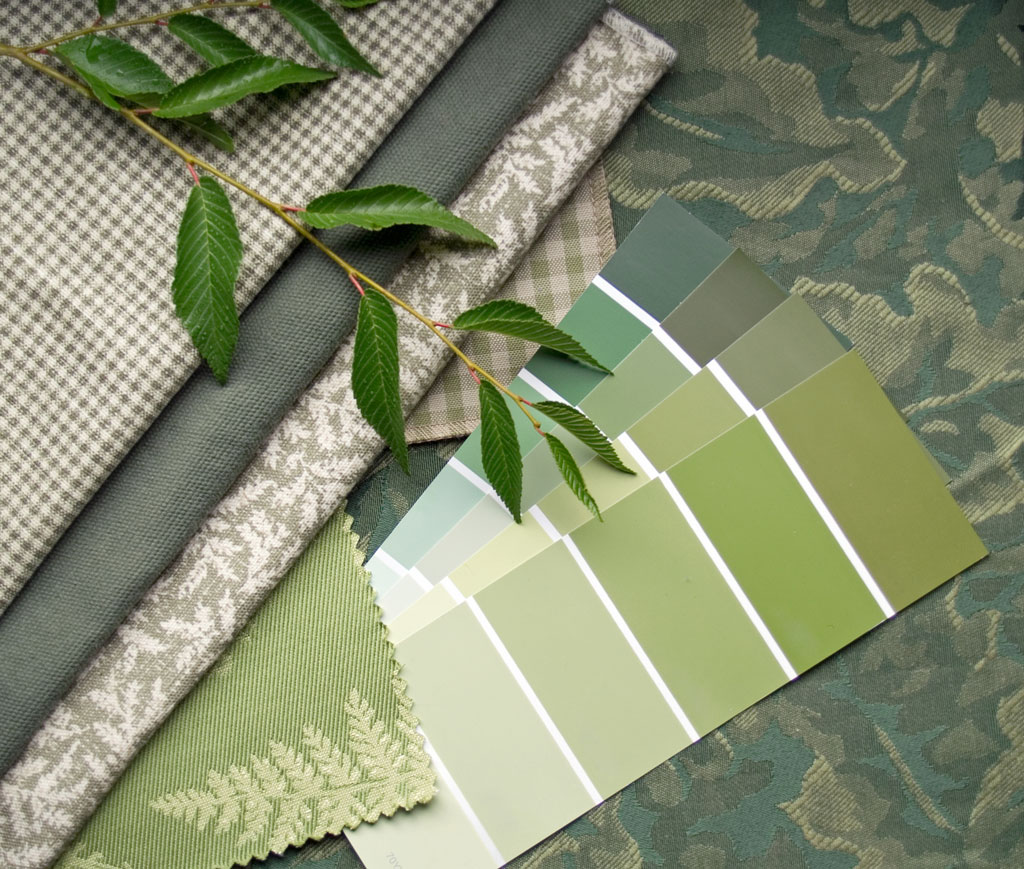
Decor Color Scheme
First of all start off by building a color scheme to go with the decor and furniture you already have or intend to buy. According to Collins Dictionary, a color scheme is “an arrangement or pattern of colors or colored objects conceived of as forming an integrated whole. As in the color scheme of a living room”.
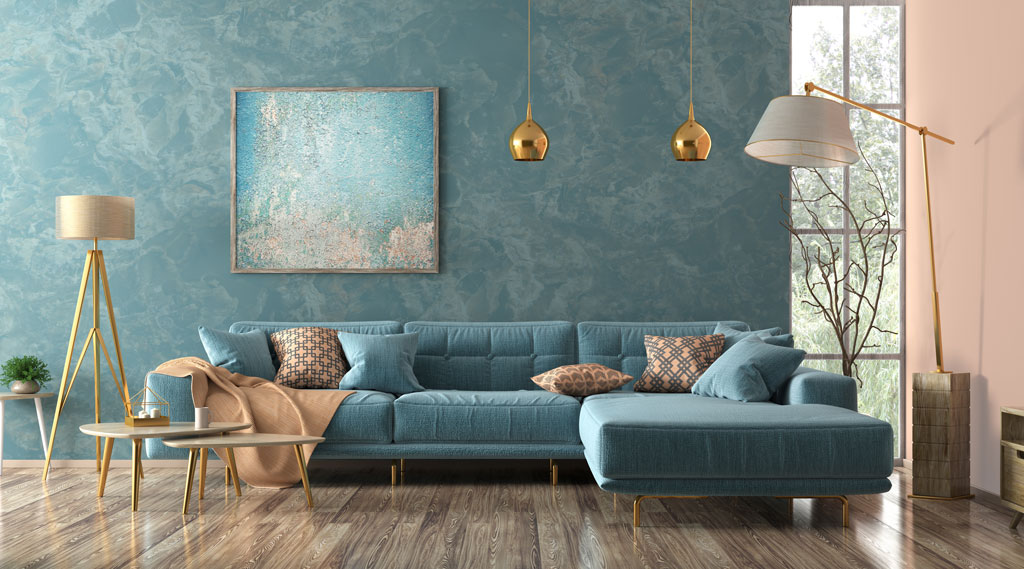
Find color sample swatches at your local hardware store that match your furniture and then compare them to other colors that might go well with it. Check out the wide range of whites and grays to go with dark blue furniture for an elegant clean look. If your furnishings are a bright blue then light yellow or pale blue walls will make the colors pop and feel fresh. Just remember to paint your walls to compliment your furnishings so it creates a nice flow through your home.
Colors For Location
Choose paint colors that match your location, environment and the mood you want to convey. You probably already have in mind an idea of what you want your house to look like depending on where your house is located. I doubt you want an industrial feel if you have a beachfront house. You probably don’t want a southwestern style if you live in a penthouse in a big city. Sometimes your location determines your style and color choice but there’s no law or rule that says you have to. However, you should try to make your house match the location for a better chance of selling your house if you intend to do so.
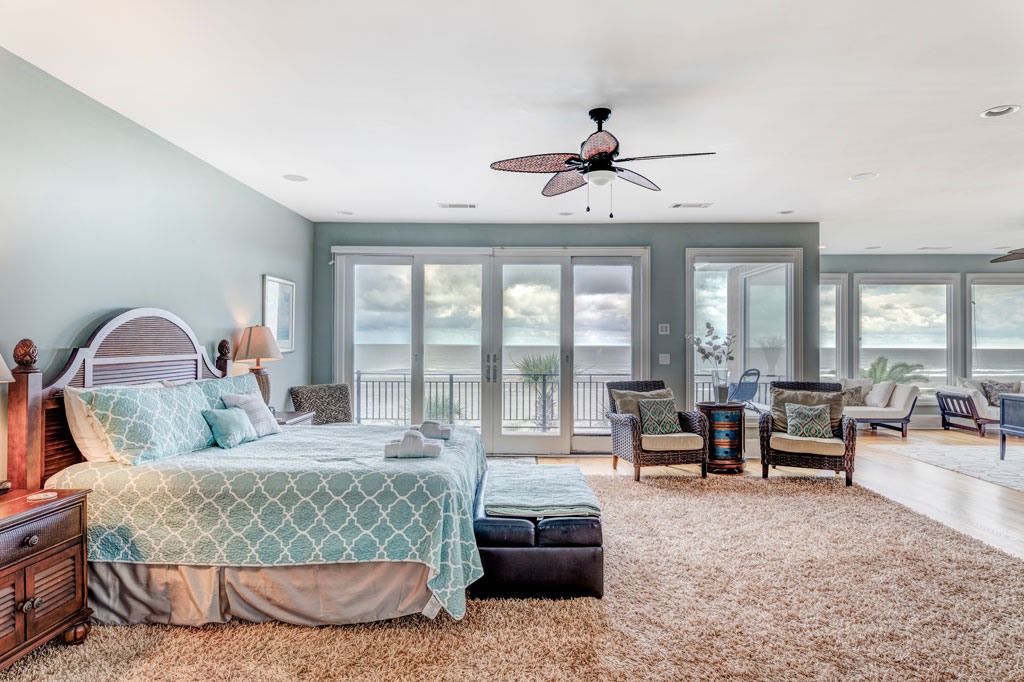
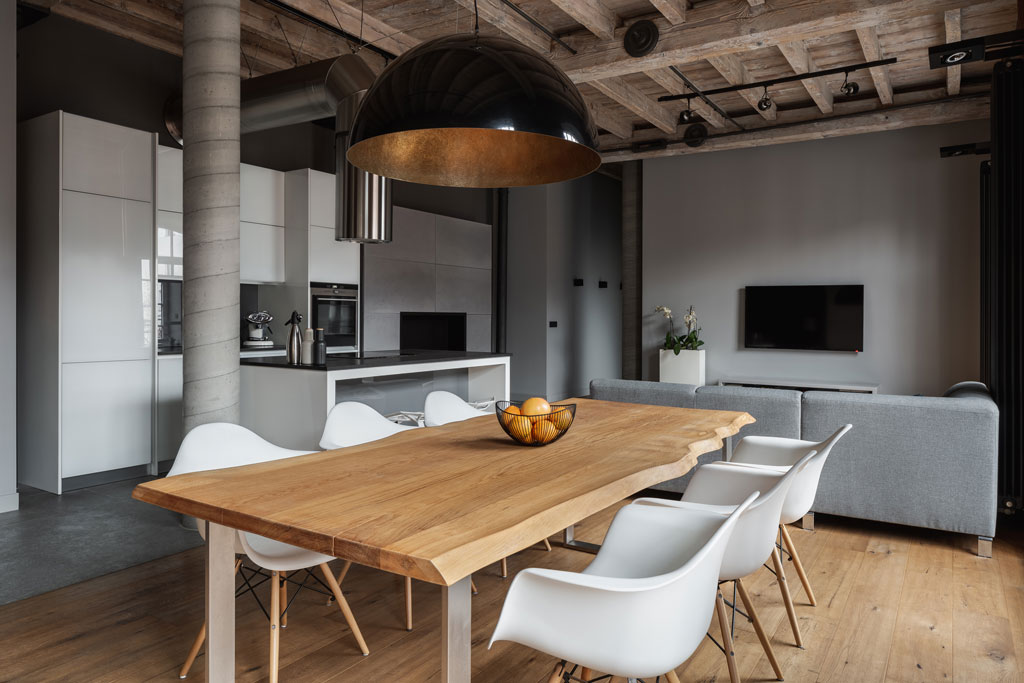
Mountainside homes look better in natural or neutral walls but with bold accents. Suburban homes are a toss up. You can paint the exterior to match the rest of your neighbors but you can have a lot of fun painting the interior. This is where you should fall back to creating a color scheme that we talked about earlier.
Creating a mood or emotion is something else to consider when painting. Different colors can influence your emotions and state of mind. Bedrooms tend to be painted blue or green because those colors are calming and soothing. A calm mind will fall asleep faster. Kitchens have bright colors like red, orange, and yellow which cause you to feel more active and stimulated. Offices and studios can prosper from shades of purple. Purple stimulates but calms you at the same time. It’s great if you need to be creative for your work. So think about the mood you want to create and the use of the room to help you decide what color it should be.

Colors For Big Or Small Spaces
Making a small room feel larger can be accomplished by painting it white or using light colors. A small narrow room will feel larger if it is painted all white. That same room will feel wider if you paint the lower half of the walls white and the upper part a dark color. The same room can also feel elongated if you paint the longer walls white and the smaller wall and ceiling a dark color. The room never changes size but the eye can be tricked into thinking it’s bigger or smaller depending on how you paint it. Stay away from painting a small room a dark color overall because it’ll make the room feel smaller than what it really is.
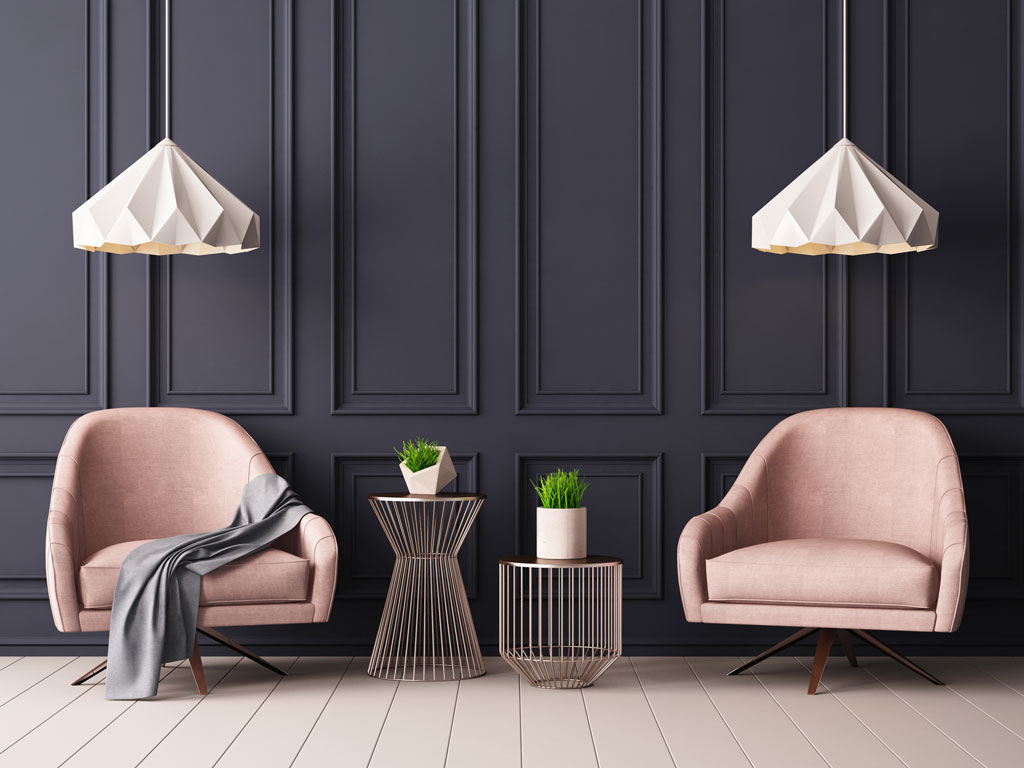 Paint a big room a darker color if you want it to feel more intimate or cozy. Darker colors will make the room feel smaller because it absorbs light and hides the largeness of the room. Ceilings are traditionally painted white but will make high ceilings seem even higher. Paint a high ceiling a dark color to lower it. You can paint the ceiling and a single wall a dark color and the other walls lighter if you don’t want a completely dark room.
Paint a big room a darker color if you want it to feel more intimate or cozy. Darker colors will make the room feel smaller because it absorbs light and hides the largeness of the room. Ceilings are traditionally painted white but will make high ceilings seem even higher. Paint a high ceiling a dark color to lower it. You can paint the ceiling and a single wall a dark color and the other walls lighter if you don’t want a completely dark room.
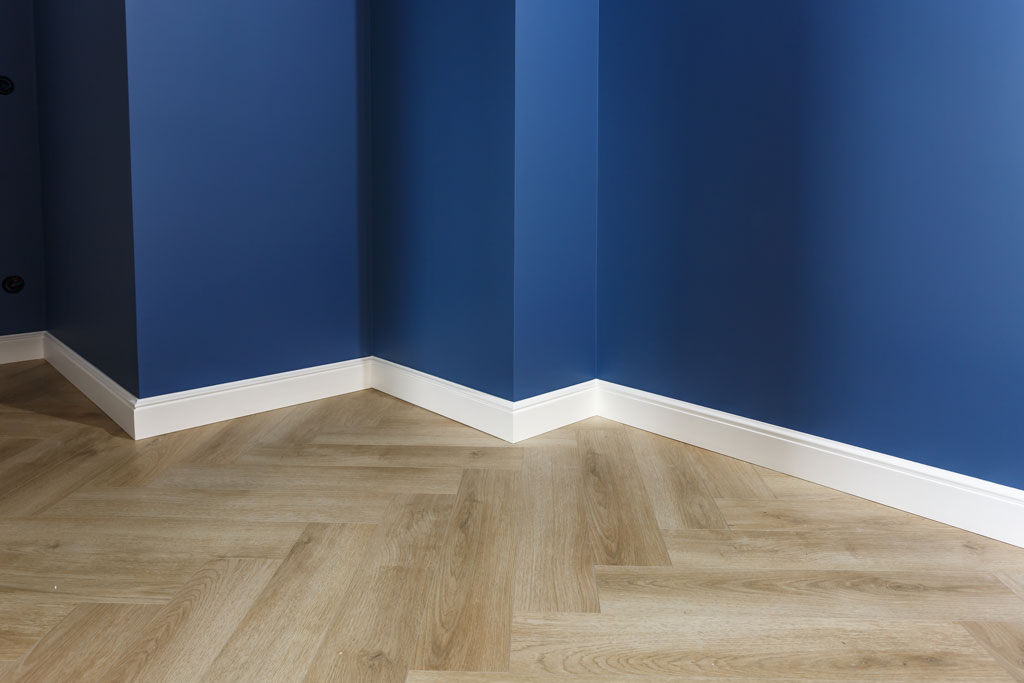
Trim Color
The walls aren’t the only parts that need to be painted. Painting the trim will also have a big effect on the room. Traditionally trim is painted white, light colors, or kept as stained wood. You can paint the trim to compliment the walls or contrast with them for a bold effect.
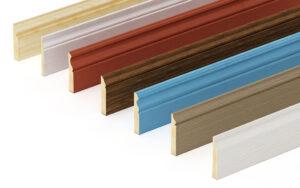
Light colored walls can be framed beautifully with dark or deep rich colored trim for a nice contrast and dark or colorful walls will look great with a complementary light or white trim. Contrasting trim tends to make the walls pop and bring out any other features in the room. Complementary colored trim is a gentle transition from the wall color. Using the same light colored trim throughout the house is also an effective way to connect all the rooms and create a flow throughout the house.
For house painters near San Antonio, TX, contact Alamo City Handymen when you’re ready to paint your house. We can bring color swatches and help you choose what color to paint your home’s interior. We also offer services in exterior house painting. Let us know if you would like a quote for that as well.

